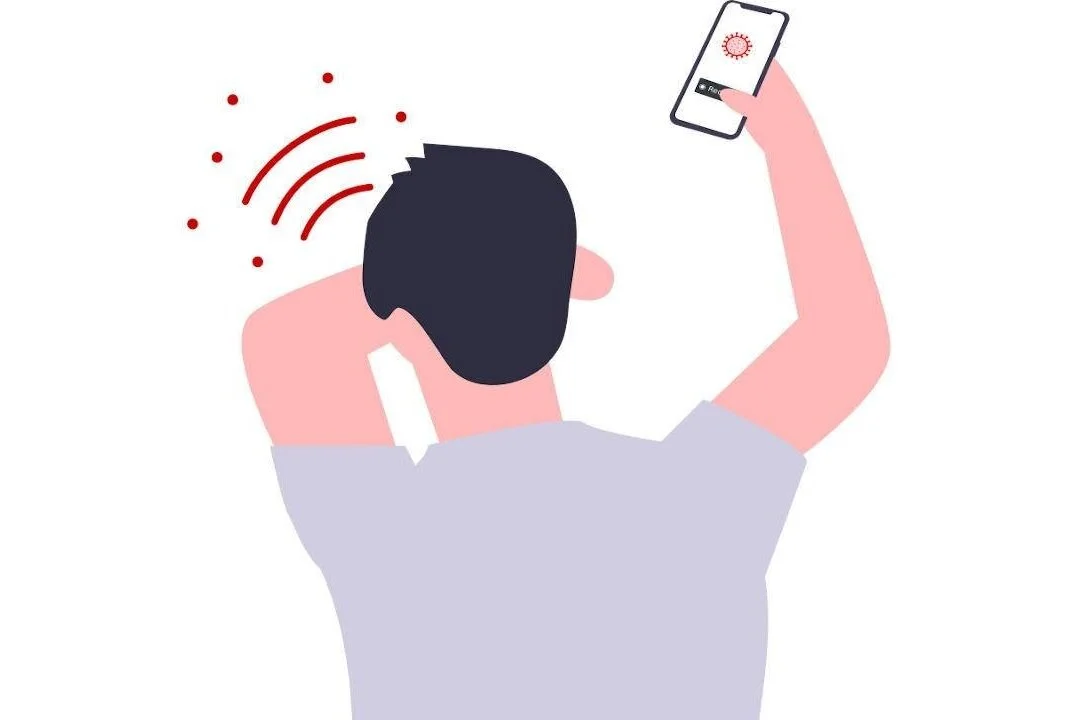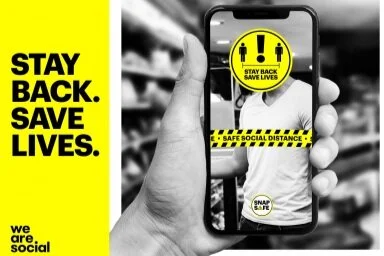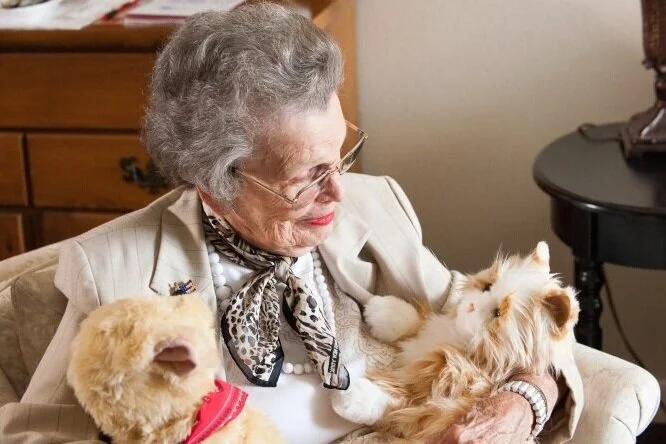The app is a simple web app that can run on any device that has a mic. The idea is really simple. You cough at it (in a safe way) and an AI will determine the type of cough you have and your chances of having been infected with the COVID-19 coronavirus.
Read MoreApple and Google announced a voluntary contact-tracing network, available in iOS and Android, allowing users to share data through Bluetooth Low Energy (BLE) transmissions and approved apps from health organisations.
Read MoreThe Westin Houston medical Center is the first hotel in the US to use LightStrike™ Germ-Zapping Robots™ to combat germs and fight COVID. The robots use UV light to zap germs away across the property — even disinfecting products such as bath amenities and coffee, which are then stored in sealed bags for guests.
Read MoreQuinn Callander made a wide plastic strap that goes around the back of the head and prevents the elastic bands on a mask from rubbing against the backs of people’s ears. The 3D-printing design is available to download from the open-source community Thingiverse.
Read MoreThe Snap Safe Lens developed by we are social uses proximity augmented reality technology to show exactly how far away people need to stand from other members of the public when out and about during lockdown.
Read MoreThe company created wearable devices with passive GPS location tracking to enhance workplace safety for those who have to be co-located at a physical workplace while social distancing and isolation measures are in place.
Read MoreTo help combat social isolation and depression among older adults during the COVID pandemic, the Association on Aging in partnership with robotic pet manufacturer Ageless Innovation, is distributing up to 1,100 robotic Joy for All Companion Pets.
Read MoreDrone company DJI has activated a Disaster Relief Program to equip public safety agencies across the US with drone hardware and software to help fight COVID, with 100 drones deployed so far. ‘Pandemic drones’ can detect sneezing and coughing, and measure temperature, indicating possible medical concerns.
Read MoreThe app system accurately measures patterns and volume of breath using a wearable sensor, a dedicated smartphone application and a cloud infrastructure to deliver information and alerts to the medical team in real time. The app features a unique algorithm for early detection of respiratory aggravation.
Read MoreThe robot is an autonomous van that uses LIDAR, cameras, and deep-learning algorithms to drive itself, able to carry up to 1,000 kilograms on its cargo compartment. The unmanned vehicle provides a 'contactless' alternative to regular deliveries, helping to reduce the risk of person-to-person infection.
Read MoreGoogle helps keeping parents and children happy and healthy during lockdown with a new virtual tool. AR Animals enables smartphone users to bring select animals right into their home for a virtual safari.
Read MoreFour graduate students remotely operated "newme" robots accepting graduation certificates on behalf of the graduating cohort. The newme robots, developed by ANA Holdings, had a display screen showing the faces of the students while the robots were dressed in graduation gowns.
Read MoreMayo Clinic partners with the Jacksonville Transportation Authority to deploy autonomous shuttles that transport medical supplies and COVID tests from the hospital's drive-thru testing location to a processing laboratory on the hospital's campus.
Read MoreThanks to Decathlon's drawing of its snorkeling Easybreath mask, Isinnova was able to 3D-print a valve adapter that successfully turns the masks into emergency ventilators. The company shared the blueprint of the design for free online.
Read MoreThe Tamil Nadu government approved and is sending out drones of Indian startup Garuda Aerospace which, among others, has disinfected the Rajiv Gandhi Government General Hospital.
Read MoreTom Goddard, a programmer at the University of California, San Francisco, has created with his colleagues a molecular vizualisation program called ChimeraX that enables to manipulate 3D models of the COVID virus with a depth-sensing camera and a VR headset.
Read MoreIn Rwanda and Ghana, Zipline has already been in use for years to deliver vital medical supplies via their drone network to remote regions. Now they are planning to offer the same system in the US, delivering medical supplies with drones to help during the COVID crisis.
Read MoreDraganfly together with the Vital Intelligence Project will develop a health and respiratory monitoring project which aims at utilising new and existing camera networks as well as aerial vehicles and drones to detect infectious and respiratory condition amongst crowds, workforces, and potential at-risk groups.
Read MoreSPACES allows a user to join a video conference from within VR and use an adjustable virtual camera and whiteboard with markers. It is available to download for PC VR and is easy to install and use.
Read MoreThe company launched a massive mobilisation of its 3D printing resources, with a focus on providing thousands of disposable face shields for medical workers in the US.
Read More






















